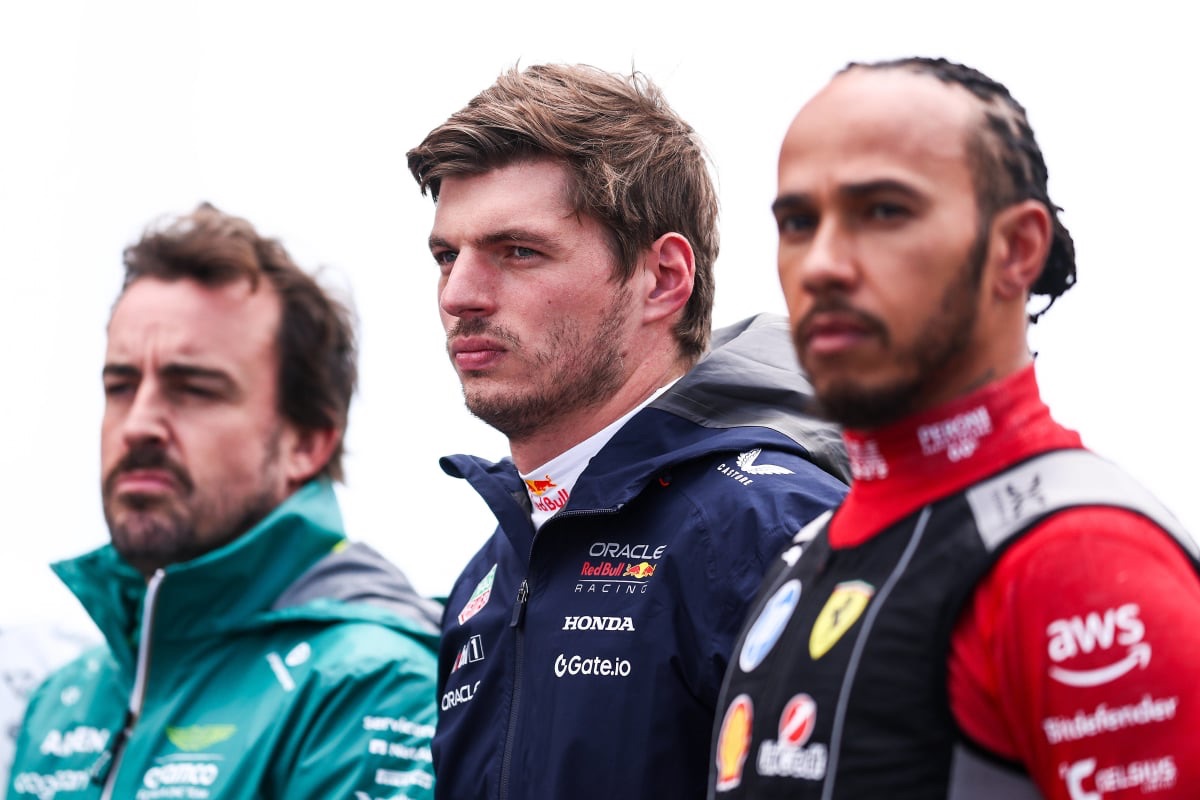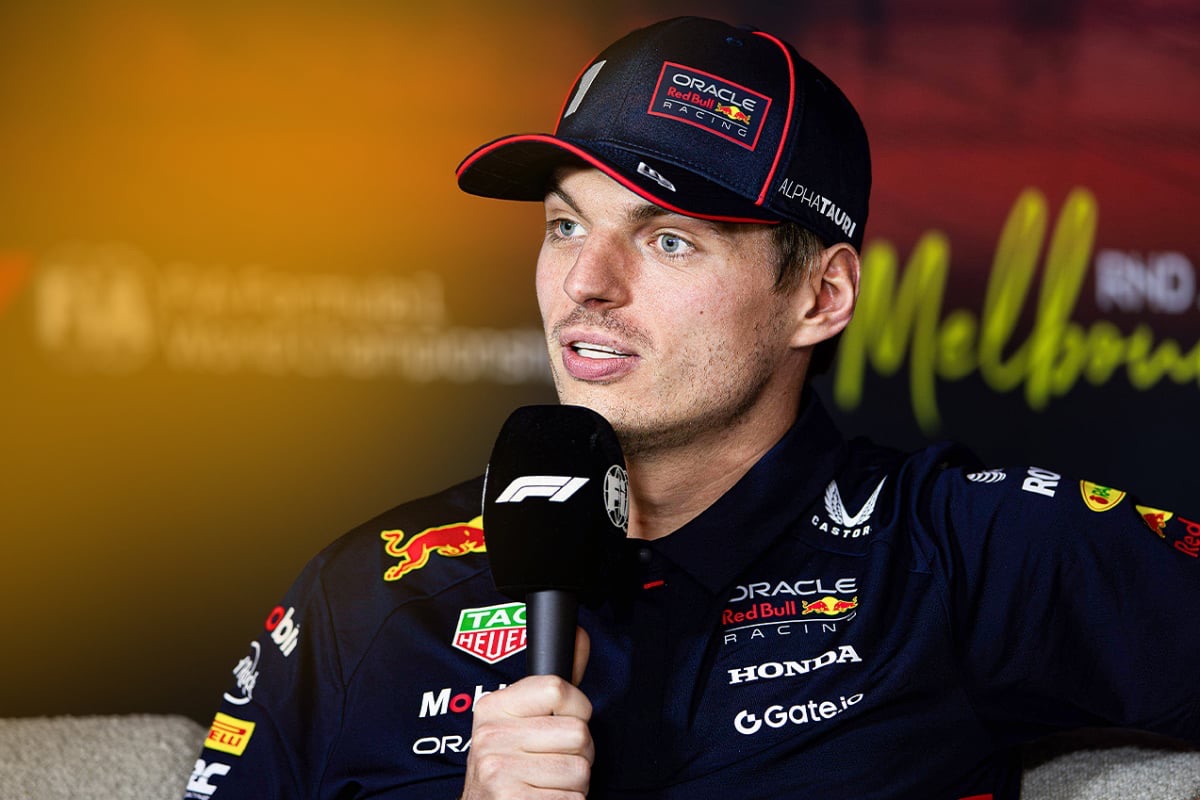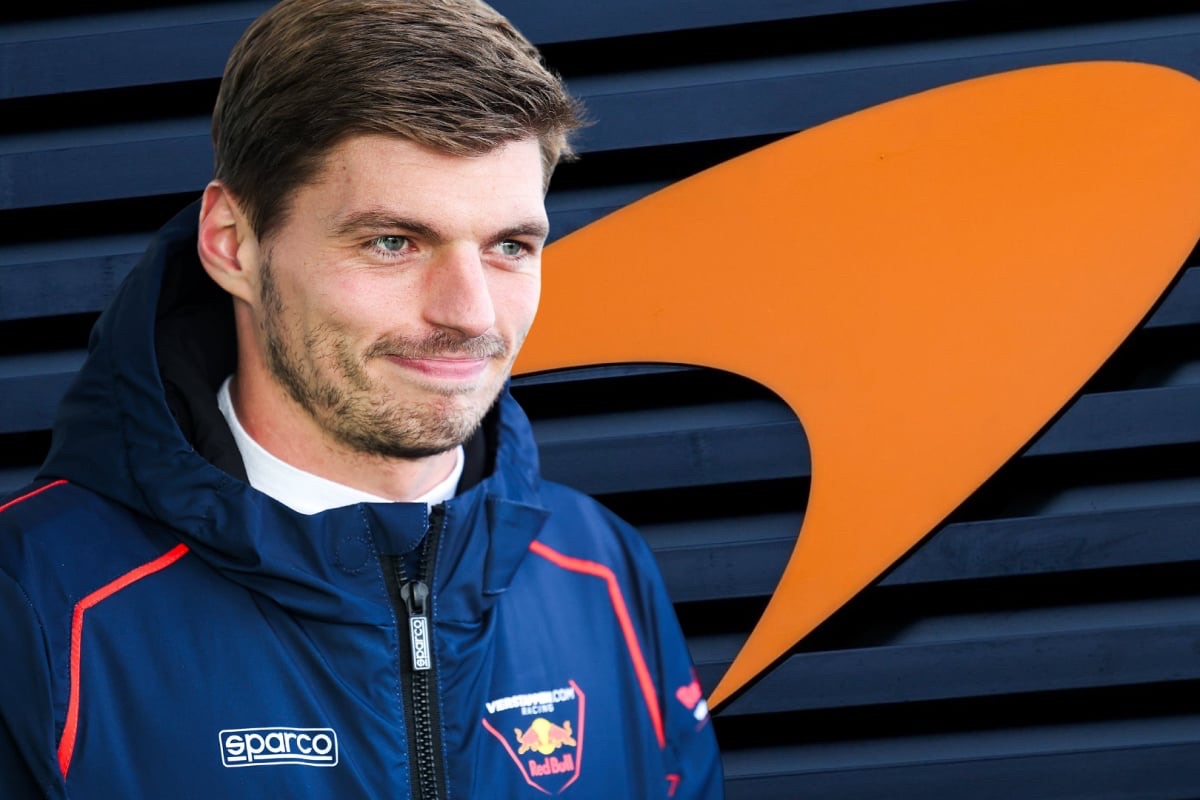Lewis Hamilton’s Driving Style May Clash with Ferrari’s SF-25, According to Data Analysis
Lewis Hamilton’s highly publicized move to Ferrari was expected to mark a new and exciting chapter in the seven-time Formula 1 world champion’s career. Yet, as the season progresses, some emerging details suggest that his integration with the Scuderia may not be as smooth or fruitful as anticipated—at least not yet. According to motorsport analyst and former racing driver Alex Brundle, a subtle but consistent trait in Hamilton’s driving style might be a key factor undermining his performance in the red car.
Hamilton’s transition from Mercedes to Ferrari was one of the biggest stories of the season. After over a decade with the Silver Arrows, he made the dramatic switch to join Ferrari, forming a headline-grabbing partnership with Charles Leclerc. Expectations were sky-high, with fans and pundits alike wondering if this new alliance could propel Hamilton to a record-breaking eighth world title. So far, however, results have been modest. The most notable success came during the Chinese Grand Prix sprint race, which Hamilton won, but other performances have been inconsistent.
Brundle, speaking on the F1 Nation podcast, pointed to a recurring element in Hamilton’s driving data that may be contributing to his struggles in the Ferrari SF-25. While the SF-25 is a high-performance car capable of competing at the top level, it has its quirks, particularly when it comes to handling and responsiveness at high speed. Brundle’s analysis reveals that Hamilton’s style may not be fully compatible with these characteristics.
“He’s talked about moving the car toward him and moving himself toward the car,” Brundle explained, referring to Hamilton’s comments on adjusting both his driving and car setup to better suit each other. “But I look at the data from Lewis every weekend, and the trait is always the same.”
According to Brundle, Hamilton tends to apply slightly more brake pressure than teammate Charles Leclerc when entering high-speed corners. At first glance, this may seem like a minor detail, but in the highly sensitive world of Formula 1, even the smallest variations can have significant consequences. Brundle emphasized that this habit can disrupt the balance of the Ferrari SF-25, which appears to be particularly sensitive to such inputs.
“You can draw a line directly from the wheel-speed graph to the steering trace, and the brake aligns perfectly with a tiny bit of movement,” he explained. “It just upsets the Ferrari everywhere.”
This slight brake input appears to unsettle the car’s aerodynamics and balance during fast cornering—an area where Ferrari’s current package seems especially delicate. While Hamilton’s driving technique has proven immensely successful in other cars, particularly during his dominant years at Mercedes, it may not mesh well with the unique setup and behavior of the Ferrari.
Brundle’s comments highlight a broader challenge that often accompanies driver-team transitions in Formula 1. Despite Hamilton’s immense talent and experience, adapting to a new car—particularly one with a very different handling profile—can take time. The SF-25 is built around certain assumptions and design philosophies, many of which were likely tailored to suit Leclerc’s input and feedback over the past seasons. For Hamilton, this means re-learning how to get the best out of the car, or possibly influencing future developments to better align with his preferences.
It’s not unusual for top-tier drivers to struggle initially after switching teams. Fernando Alonso, Sebastian Vettel, and even Hamilton himself experienced teething issues during past transitions. The question now is whether Ferrari and Hamilton can find a way to bridge the gap between driving style and car performance before the title fight slips further out of reach.
Despite the current hurdles, Hamilton remains upbeat about the project with Ferrari. He’s spoken of long-term goals and a deep desire to bring championship glory back to Maranello. The team, in turn, seems committed to working closely with him, learning from his feedback, and potentially evolving their development trajectory to better suit his needs.
Still, for now, the data suggests that Hamilton’s natural instincts behind the wheel are not fully syncing with what the SF-25 demands. Whether this is a short-term adaptation issue or a longer-term incompatibility remains to be seen. But one thing is clear: for Ferrari to maximize the potential of having a seven-time world champion in their ranks, resolving this “killer trait” in harmony with the car’s design will be essential.



